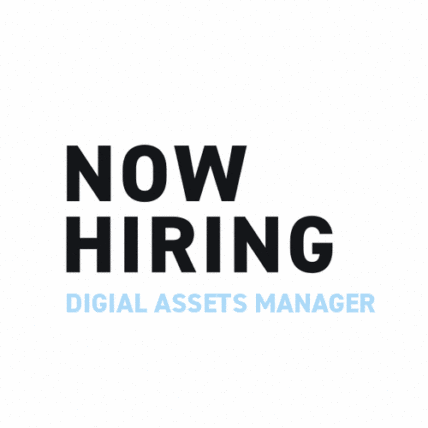Considering how important the computer is to your business, doesn’t it seem like the Digital Asset Manager has a really critical job?
The Digital Asset Manager handles everything related to digital assets, including acquiring, cataloging, and protecting them. Digital assets can be typically defined as the computer files you use in an organization. This could include MP3 music files, pictures, and on-premise or online files. It could encompass financial data, intellectual property, or marketing materials. It could even include digital files converted to print formats.
But the Digital Asset Manager is more than just a big geek overseeing information and data in all its forms. While the role requires sharp analytical skills, it is the crossover skills tied to people and how they interact with digital technologies that are equally important.
This role has three parts. The Digital Asset Manager must be equally skilled in people, processes, and the technology itself in order to fulfill the role.
What Does a Digital Asset Manager Do?
Digital Asset Managers, as you might imagine, are responsible for handling an organization’s digital assets. This could include ensuring digital files are named and stored appropriately in a digital library. It also typically entails developing strategies for managing these assets. But the role also entails managing how these digital assets interact with employees and the public, including keeping file permissions and usage rights up to date.
Most Digital Asset Managers utilize digital asset management platforms to manage files or other digital assets. Think of the Asset Manager as a librarian for digital files– but that is only a part of the role. The role is highly collaborative; these professionals will work with marketing departments, programmers, end users, and other interdepartmental teams.
Generally, a Digital Asset Manager must manage more than just the technology–also the people and processes that interact with I.T. as well.
Let’s break this out so you get a better picture of what we mean.
People
- If there is a major technology rollout, the DA Manager may be involved in engaging stakeholders to contribute to the success of the rollout
- Or, they may see a need for additional training for staff, once the technology has been deployed
- They may even write the technical training manuals
- An Asset Manager may serve as a change manager for technology implementation, serving as advocate for both the people using the tool and the tool itself
- The Digital Asset Manager also tracks how people interact with files or the technology; this could be internal or external users
Processes
- Digital Asset Managers serve at the intersection where people and digital tools come together so they should have a keen eye for workflows and how to improve them
- In this role, they develop processes, test them, document what happened, and wash, rinse, repeat as necessary
- They also can be responsible for researching and helping implement new technologies that streamline legacy platforms and processes
- Asset Managers may even establish and manage technology budgets
Technology
- The Digital Asset Manager tracks user adoption trends as well as consumer engagement external to the organization
- They may track and validate metadata, work on taxonomy or tagging, or engage in training with end users, in addition to potentially managing video or other graphics files on a website
- They map out workflows and manage them on behalf of their organization
- An Asset Manager role includes tracking and monitoring the security of files, along with developing security policies to keep data safe
The Digital Asset Manager often engages in roadmapping of workflows and processes that leverage automation, helping human beings to use technology to work smarter. But they also help manage the technology itself and the daily interactions employees have within digital frameworks.
Skills Needed for a Digital Asset Manager
Digital Asset Managers cannot be complete computer nerds; they must also have excellent people skills. They are, in effect, technology evangelists, but also people pleasers. Digital Asset Managers understand the user experience and work hard to make it better.
Some of the most important skills they need to do the job include:
- A huge love of technology
- A huge patience for people
- Excellent communication skills
- Extreme attention to detail
- Meticulous data-driven nature
- Flexibility and energy
- A love of change
- Customer service skills
- Programming skills
- Analytical yet creative
- Process-oriented
- Consistency in tracking activity and measuring outcomes
- The ability to prioritize, organize, and implement
- Leadership and coaching skills
- Organized and well structured
- Project management skills
- Data entry skills
The Digital Asset Manager usually has a bachelor’s degree in computer science or a related field. Their job is to find ways to effectively manage company data while saving time and costs.
Software Proficiency Needed for Digital Asset Managers
The Digital Asset Manager must have some basic programming skills in…
- HTML/CSS
- Java
- Linux
- Apache
- My SQL
- PHP
- Unix
- Adobe
…or other platforms, depending on the line of business. They must know the Microsoft Office Suite, and project management sites like Jira or Basecamp.
The DA Manager must understand DAM and CMS platforms, ADA, metadata, taxonomy, and SEO. They must also have knowledge of digital rights management and web publishing.
Find Your Digital Asset Manager Here
If your company has been looking for a Digital Asset Manager, we can help. Contact us to learn how Artisan’s creative staffing agency can help! (click here to find talent)
Are you a Digital Asset Manager looking for a new home? View our creative employment agency’s list of available opportunities or submit your resume! (click here to find jobs)

